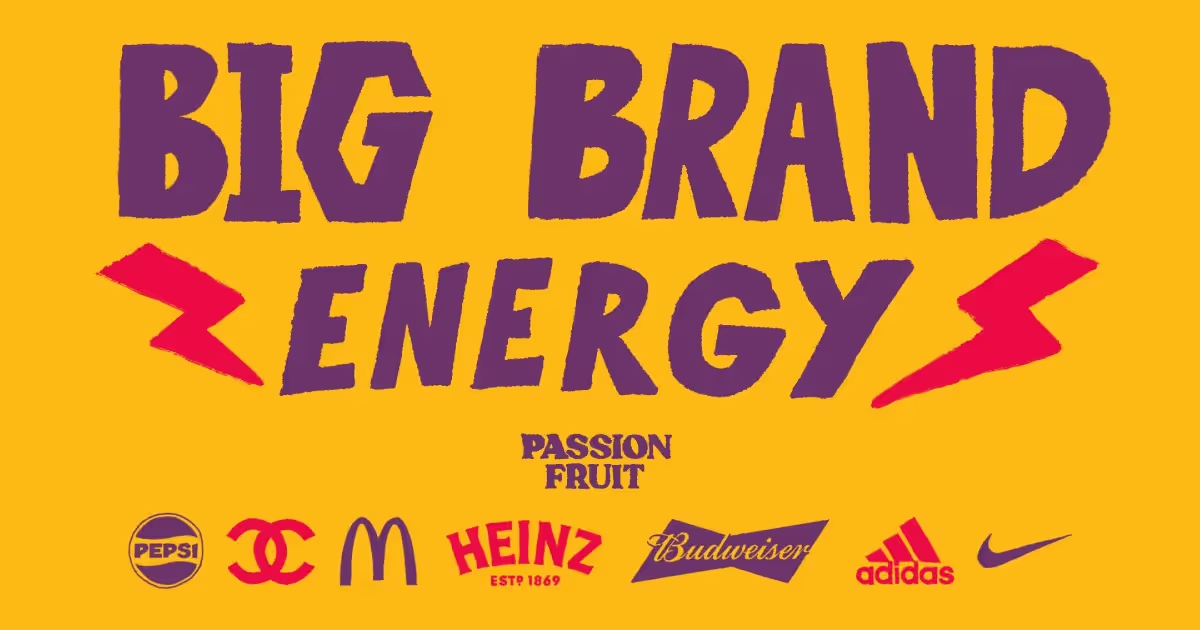How to think about the quality filter
There’s little more painful than seeing a startup or small business pump out generic content marketing. It takes precious time, effort and resources away from other areas of the business, and if all you’ve got to show for it is something that a good GPT-3 AI can do in a matter of seconds, then you’ve got a problem because a) you’re not outmanoeuvring the competition from a SEO perspective and b) you’re coming across as cookie-cutter, therefore failing to build fame and potential distinctiveness (a.k.a mental availability in buying situations) for your brand.
The world we live in
Experience Transference is a UX theory popular in leading design communities. The premise is that our expectations are pegged to the highest standard of experience we have received anywhere in our lives. To give just one example, when Amazon launched next day delivery, suddenly people expected all e-commerce to work that way. In the context of content, Netflix’s rise, along with the professionalisation of YouTube, has brought high-quality entertainment to every home with internet connection. As a result, our acceptance of low-quality content is plummeting. The good news for startups and SMEs is that there’s no inevitable correlation between high-performance content marketing and high budgets, despite what many agencies will tell you.
Some handy rules for your content marketing
None of this is ironclad - there will always be some exceptions to these rules - but if you do obey them you will have a higher chance of turning content marketing into a meaningful growth engine.
1. Start at the finish line
You are not a journalist for The New York Times, you’re more like one for The Daily Telegraph… Which is to say - you’re optimising for a high-performing article, and so you want to have a clear sense of how this piece of content is going to be winning SEO keywords, unleashing virality or moving prospects through a sales funnel. Think clearly about the outcome you want to deliver and work back from there.
2. Don’t confuse production value with quality
From an Experience Transference perspective, the power of TikTok has been to teach us that there’s no correlation between cost and quality. If you’ve got a smartphone, you’ve got more than enough technical power to produce quality video content. Scrappy, lo-fi content works incredibly well for brands such as MOB Kitchen and allows you to test and learn much faster than stumping up for a £3000 video-cam. Where it’s worth investing money is in the upfront strategy…
3. Every company Is a media company
To this point on content strategy, it’s vital that you develop an editorial position of thought leadership. That doesn’t mean you need to make your company political, but a successful lighthouse identity is predicated on having a particular point of view that is beamed brightly into the minds of its audience. For example, at Passionfruit we believe that power is shifting from employers to employees, and that the next generation of white collar workers will work more independently and with more control than ever before. Even if you’re selling payroll software, if you’re too scared to take a provocative stand on a topic then you’ll find it hard to rally an audience around you.
4. Live by your experiment’s outcomes
It feels nice to write a lot about something you care about, or produce stunning visual content, but again - this isn’t a glossy magazine or high end TV channel you’re running, but the engine room for the top of your funnel business development. If, after plugging away at a certain type of content for some time (3+ months), there’s no sign of results as per your pre-defined metrics, be brave enough to scrap it and start over.
5. Curation is creation
Winning The Internet is one of our favourite newsletters, and they’ve never written a single word. Carefully putting together the best of what already exists is a generative, value-adding process. There’s no shame in a strategy built on piecing together relevant articles and resources and offering them up to your readers.
For some gold standard examples of this in action, take a look at the examples below:
A water brand making a feature length horror movie
If you want to learn more about content marketing in the age of Netflix, some further resources are in the links section below.
Louis Grenier on treating your marketing like an iceberg







